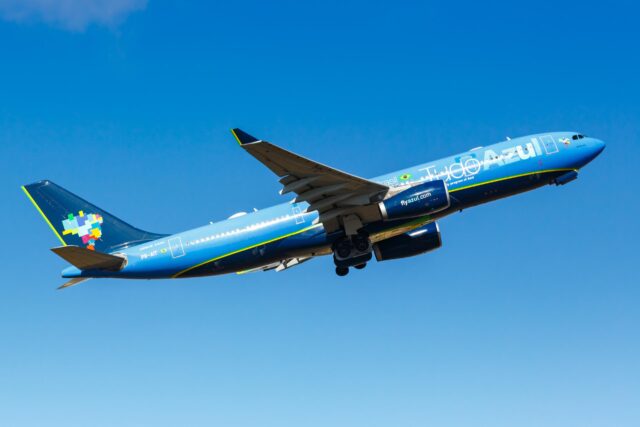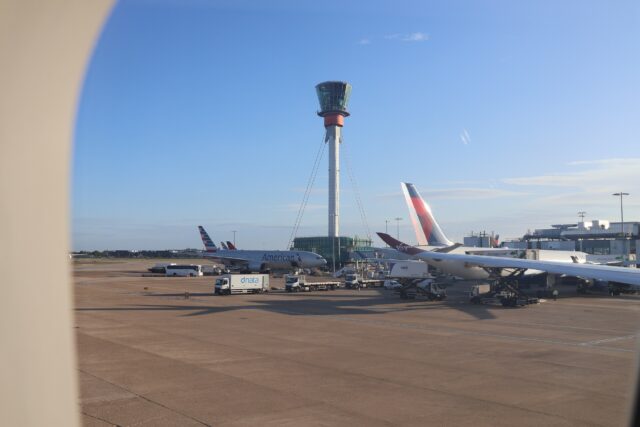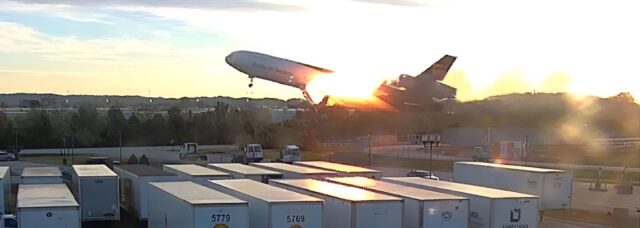Airbus forecasts 98% growth in global aviation services market to $311bn by 2044

October 13, 2025
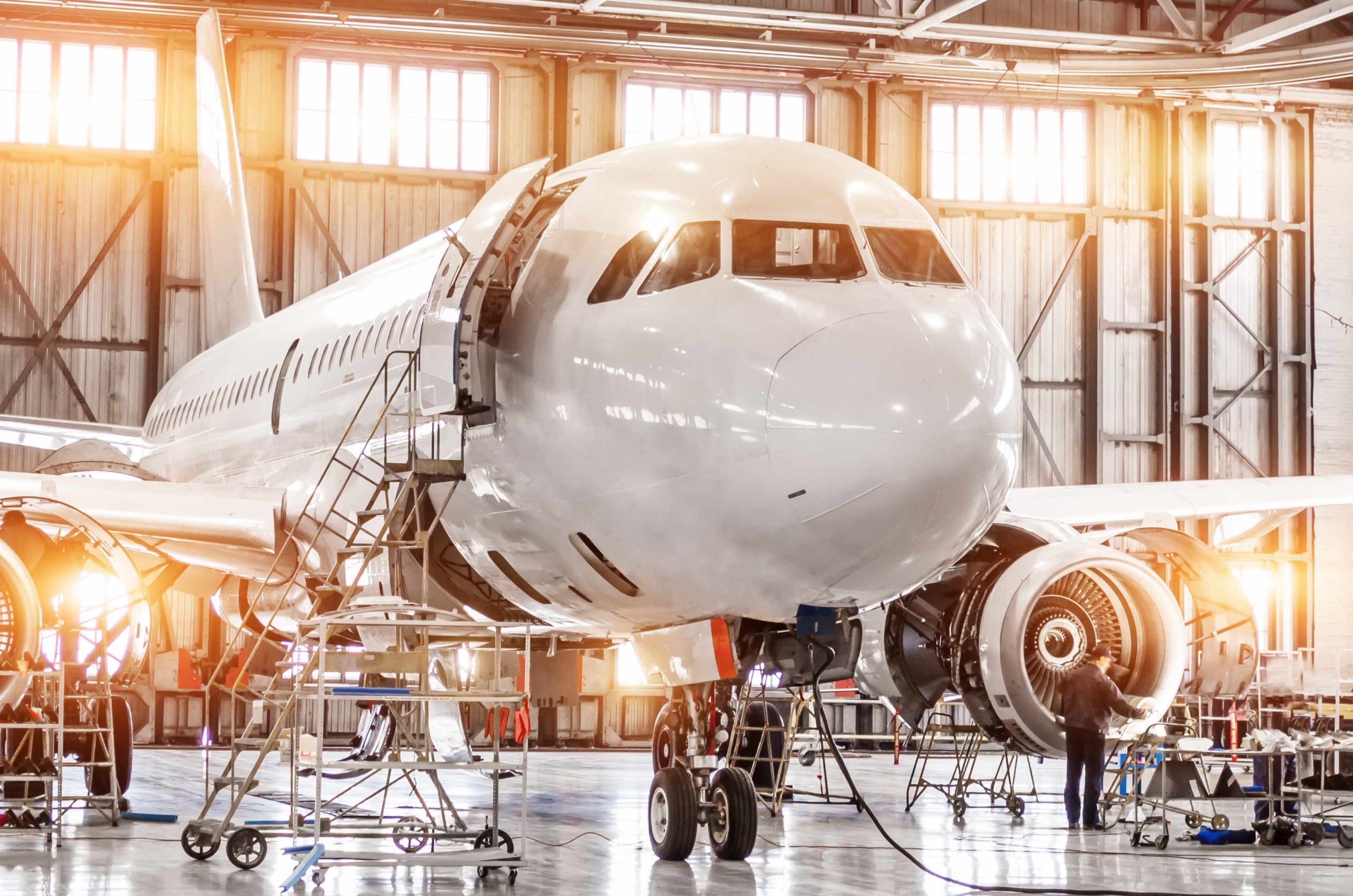
Airbus expects the global market for aircraft maintenance, training and digital support to expand rapidly over the next two decades as the size of the world’s commercial fleet almost doubles.
According to its latest Global Services Forecast, the aircraft manufacturer projects the aviation services sector will reach around $311 billion a year by 2044, up from roughly $157 billion today.
Fleet expansion drives surge in maintenance and digital services
That equates to an annual growth of about 3.6%, reflecting what Airbus says is the long-term recovery of air travel and the increasing use of data-driven maintenance.
The company’s forecast divides the services market into several categories, the largest of which remains maintenance and overhaul.
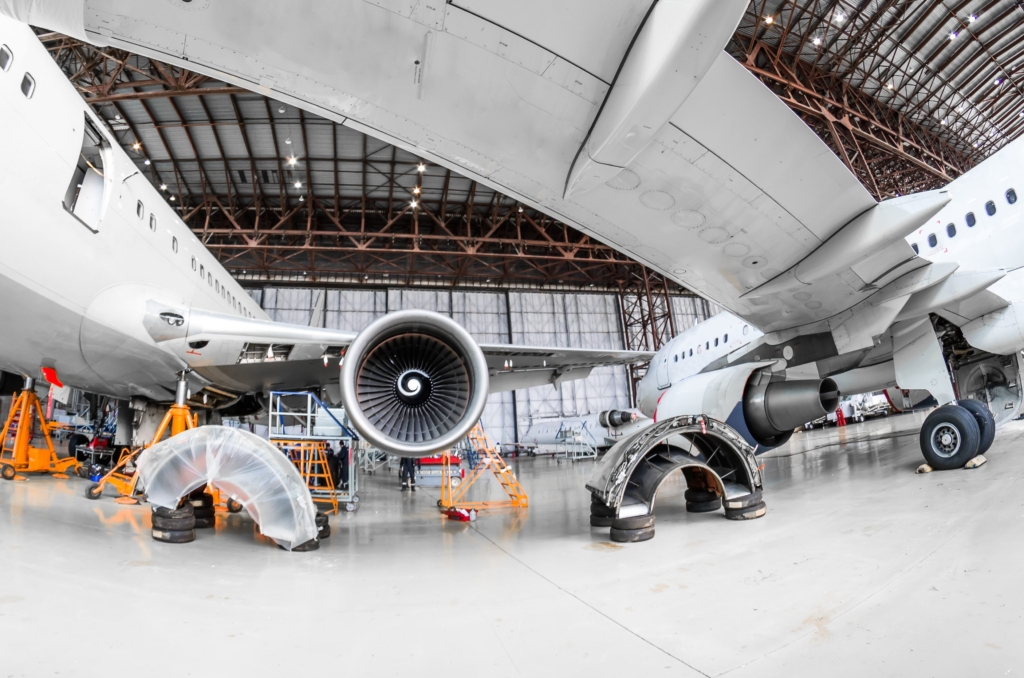
Spending on heavy maintenance and component repair is predicted to climb from $107 billion in 2025 to $218 billion by 2044, while on-wing work – inspections and repairs carried out during service – is set to grow from $21 billion to $34 billion.
This is driven by the massive increase in in-service aircraft, which is forecast by Airbus to climb from 28,400 aircraft to more than 49,000 by 2044.
Another area of expansion is digital and connectivity services, expected to rise from $9 billion to $26 billion over the same period.
Airbus argues that predictive maintenance and connected aircraft systems could together deliver efficiency savings worth up to $83 billion a year, though such estimates depend heavily on widespread adoption and regulatory approval of digital systems.
Industry faces workforce challenge amid record fleet growth
The report also identifies a mounting workforce challenge.
To support the predicted fleet growth, the industry will need an estimated 2.35 million new professionals by 2044, including more than 630,000 pilots and about 1.1 million cabin crew.
Training capacity, which was scaled back during the pandemic, will need to expand significantly to meet that demand, Airbus says.
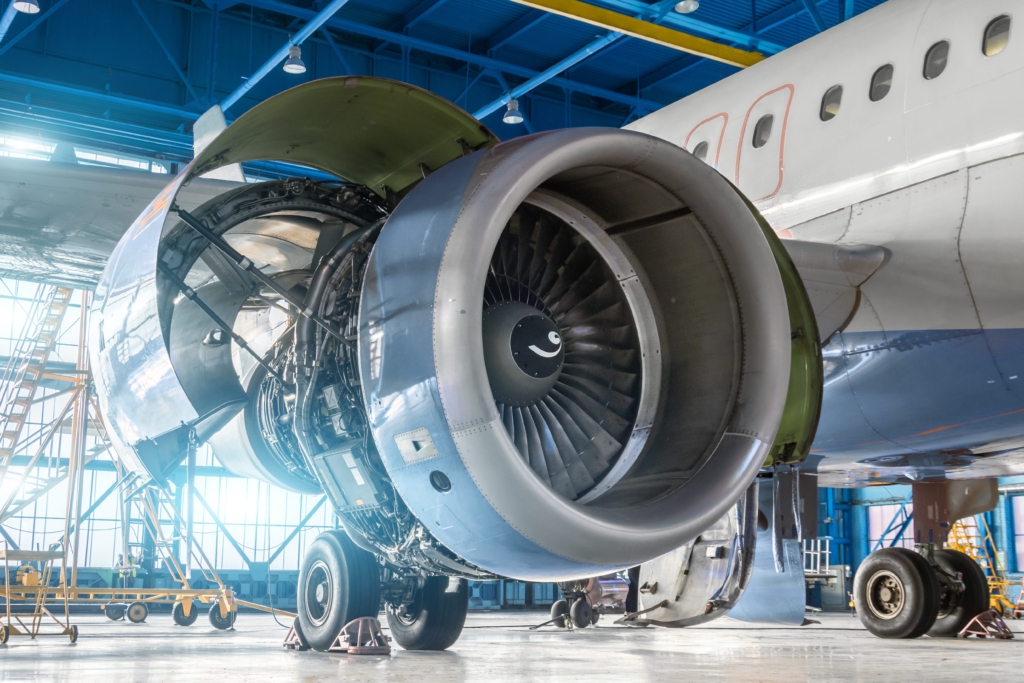
Much of the growth in services is expected to come from Asia-Pacific, which Airbus says will account for nearly half of global demand by value within twenty years.
North America and Europe are forecast to grow more slowly, reflecting mature fleets and a focus in those markets on modernisation rather than expansion.
Challenges remain despite strong long-term outlook
While the outlook is broadly positive, Airbus acknowledges ongoing uncertainty for the maintenance and supply sectors. Persistent parts shortages, ageing workforces, and volatile fuel prices continue to complicate fleet planning for airlines and MRO providers.
The report stops short of forecasting how quickly sustainable aviation fuels (SAF) or hydrogen-powered aircraft might reshape the maintenance landscape, though Airbus notes that new propulsion technologies will demand fresh training and investment.
Overall, the Airbus outlook points to gradual, structural growth rather than a boom, suggesting that for airlines and MRO providers, the next twenty years may be defined less by expansion and more by the steady, data-driven efficiency to keep aircraft flying.
